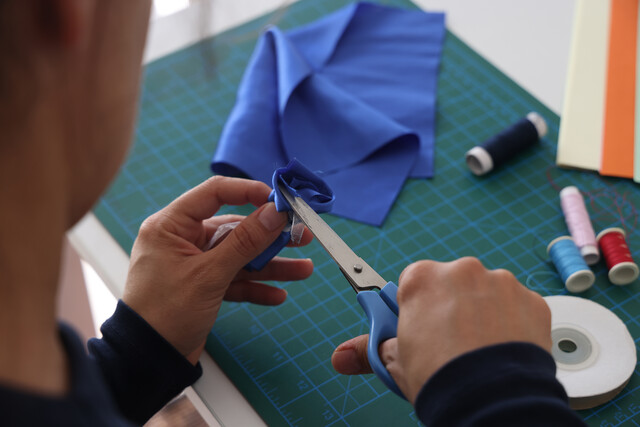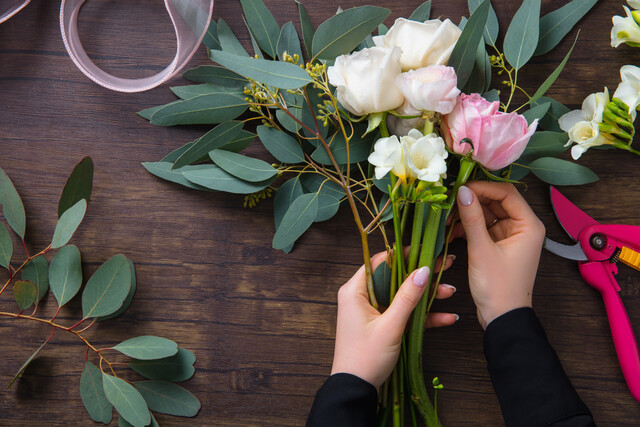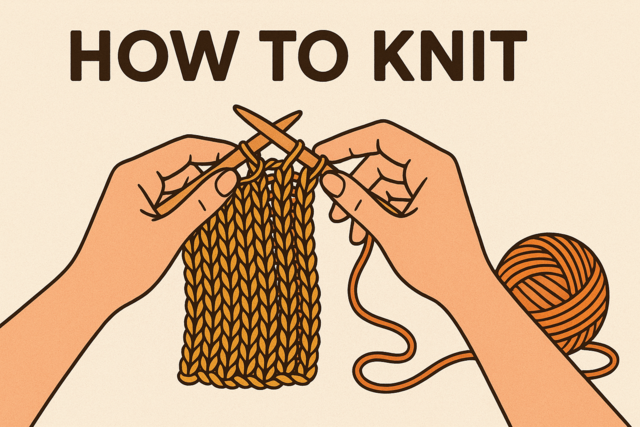Toenail and Foot Disease
Nails are made of a tough fibrous tissue called Keratin. One of the body's strongest tissues can still become weak, break or grow too slowly due too infections or chemical exposure.
About half of all nail problems are due to fungal infections. Not only are they unsightly, if you ignore the infection, a condition called onychomycosis can occur causing the nail to separate from the nail bed.
Another common problem is ingrown toenail. The sides of the nail can grow into the surrounding soft tissue and cause inflammation and pain.
A common condition may occur while we are doing chores ? miss the nail with a hammer and smack a fingernail, or accidentally slam a finger in a door. The nail turns purple from bleeding beneath, and the fingertip swells and becomes painful. Depending on the severity of pain, a doctor may have to drill a tiny hole in the nail to allow the blood to escape and alleviate the pain. Eventually, a new nail will grow and cause the injured nail to fall off, or in many cases, the nail will not fall off at all and continue growing.
Noticeable nail changes may occur that are usually harmless:
-
Shallow ridges � may appear naturally because of aging
-
White spots � can occur from minor injury and will grow out
Obvious changes in nail appearance can signal a number of illnesses:
-
Extremely pale nails � indicate poor blood flow and potential anemia. This can occur when people are anorexic.
-
Red moons at the base of the nail could signal heart disease
-
Yellow, slow growing and thickening nails may indicate respiratory illness.
-
Psoriasis, a skin disorder, can cause pitting and splitting.
-
Brown tips on the nails may signal kidney problems.
Nails can be a window to health. Be aware of:
-
Thickened, yellow or white nails, usually the toenails
-
Brittle, dry nails that split off and grow slowly
-
Changes in nail texture, color or shape
-
Scaly skin bordering the nail
-
Nails that detach from all or part of the nail bed
Nutrition plays an important role in the growth and health of your nails. Vitamin and mineral deficiencies can generate nail changes. Injury, chemicals, improper nail treatments and fungal infections are also culprits leading to unhealthy nails. Severe heart disease can darken the nails and noticeably change their color. Dryness and brittle nails can cause hangnails due to low intakes of vitamin C or folic acid.
Fungal infection is more common than you think. Sweaty shoes and socks create moist environments for fungi to breed. High impact jogging, basketball players and athletics in general are prone to nail fungus. People who work at jobs that require a lot of standing: restaurant workers, police officers, grocery store checkers, etc. are also vulnerable to fungus disease.
For a toenail problem, a specialist called a podiatrist (foot doctor) can perform most procedures having to do with the nails, and also prescribe medication when needed. Podiatrists can remove all or part of the nail with chemicals, laser treatments or surgery.
For a number of years, podiatrists treated nail fungus with surgery. In 1997, oral antifungal drugs were introduced and have been quite effective for most people. Toenail fungus oral medications are prescribed for about three-months. Fingernail infections require six to eight weeks of treatment. Surgery such as debridement, removing the nail and infection, may still be required for more stubborn cases. Dermatologists also treat nail problems such as psoriasis.
Newer oral antifungals offer shorter treatment, are more powerful and effective in about 80% of cases. The bad news, these drugs don't come cheap and can cost up to $700 per treatment.
If you have a slightly infected area in a nail, over-the-counter, topical medications are something you may want to try. After cleansing and filing your nails, apply (OTC liquid is a commonly used shelf product) liquid antifungal medication to prevent fungus before the infection worsens. Be aware the Food and Drug Administration (FDA) states most of these shelf medications are not effective. A more recent product called Penlac seems to be somewhat effective.
If you have a serious fungus infection or you are treating an infection with unsatisfactory results, it's recommended that you see your physician, podiatrist, or if psoriasis related, a dermatologist. A laboratory culture of cells from the area can determine if your infection is from bacteria or fungus. If your nail problem seems to be from another source, additional testing may be required to identify an underlying health problem.
Nail infections are to be taken seriously. Today's medications have a good success ratio and, only as a last resort, is surgery performed. The exception is treating ingrown toenails. Minor surgery is commonly performed to remove all or part of the nail. The best way to avoid nail infection is to use common sense and preventatives.
Preventing and Treating Nail Infection
The photograph above is a common disease of the skin and nails called psoriasis. It can affect the toenails and fingernails and appears as various sized pits in the nails. Over time, the nails thicken and develop a yellowish color. Psoriasis can be daunting to treat. If you have psoriasis of the skin, keep a close watch on your ten toes and fingers. About 50 percent of people with psoriasis have changes in fingernails and toenails. In some cases, psoriasis appears only in the nails. That's why seeing a professional such as a dermatologist is smart action to get the right diagnosis.
Any of the following measures can help keep life and limb more bearable:
-
Trim nails to reduce the risk of injuring them which can worsen nail psoriasis
-
You may have to move to a larger or wider shoe, but as we grow older this commonly occurs anyhow. Re-sizing helps to reduce toenail pressure and friction, which can cause toenails to thicken.
-
Try soaking affected nails in a warm water bath, dry well and moisturize. File thickened toenails with a medium grade emery board.
Conditions can occur that cause a sudden outbreak of psoriasis:
-
Patches of thick, flaky skin may appear after a rash or burn. Any rash caused by a medication reaction, poison ivy or oak and food allergy should be treated immediately to avoid a flare-up of psoriasis.
-
Climate change, altitude change and over exposure to the sun can cause different changes to your body.
-
We know too much stress affects our body in every way. Emotional stress may bring on outbreaks of psoriasis as well. If you are troubled by psoriasis, watch for a pattern in flare-ups. If you find your outbreaks are related to a high stress level, put into practice some of the many ways to reduce tension and pressure.
-
Sadly, as if contracting HIV weren't enough, it can cause psoriasis to flare up or appear for the first time. As the HIV progresses and the immune system weakens, psoriasis may become severe and increase the chance of the nails being infected.
A more common infection such as athlete's foot likes to grow in warm, moist areas such as swimming pools, locker rooms, showers and spas. It can even live a short time in puddles on the ground, waiting for someone to walk through bare-footed and pick up the spores. Nowadays people are more aware of possible athlete's foot lurking in these areas and wear thongs as a preventative. Public pools usually have wading pools treated with chemical to prevent athlete's foot in. I can still remember, while growing up, walking into the wade-through pool at the public swimming pool where I lived. It all seemed somewhat mysterious and a little scary to think I could catch something contagious.
Exercise: Take time out to examine your nails for any signs of infection, ridging, changes in shape and texture, or pitting. Don't stop there. Educate family members about their nails. Children can be easily frightened by unexpected physical changes. Explain the signs of disease or changes in the nails. Children who have suffered an injury to the nail should understand it may discolor or fall off, and another will grows in its place.
Nail Do's and Don'ts
Long or short, when nails are in good condition, they can be very attractive and make a statement about the person. Before artificial nails became popular, it was said that "women who had long, beautifully groomed nails didn't do housework." Not always the case. Some are just lucky to have strong, long nails. People forget that nails serve many functions. Besides supporting the fingers and toes, they help us pluck the strings of an instrument, position objects and protect fingertips. Did you know the nails on a person's dominant hand (right vs. left) grow faster?
Since nails can reveal so much about a person, developing healthy habits early will keep them in peak condition. Here are some tips:
- Wear sandals whenever possible � This helps to keep your feet dry. Going barefoot is also good as long as you're walking on surfaces that won't injure or infect your feet.
- Pick the right size shoes ? It may be hard to find a shoe store that will measure your feet, but its well worth it. As we age, so do our feet. Toes bumping against the shoes can damage the nails.
- Dry feet thoroughly � When leaving the shower or bath, dry your feet and in between your toes.
- Be gentle to cuticles � Try to avoid cutting cuticles unless you are removing a hangnail. Gently push back cuticles. If you must, apply a cuticle remover for no longer than three minutes before washing off. Certain cuticle removers have added a stain remover which can brighten nails and remove ink or hair dye from the hands.
- Avoid polishes and lotions containing formaldehyde � A hypoallergenic brand is best.
- Trimming the nails � Soaking the nails before clipping them helps to prevent splitting.
- Medications can affect the nails � Tell your doctor if you notice changes in your nails such as dry, brittle or breaking. Read the inserts the pharmacy gives you with your prescriptions. Nail problems may be indicated as a side effect. If your doctor prescribes medicine to cure a fungus infection, make sure you give him/her a list of other medications you are taking to avoid serious reactions.
- Use sunscreen � When applying sunscreen, don't forget to protect your hands and nails from sun damage.
- What about socks? � Here is where opinions differ. It's frequently recommended that you wear cotton or wool socks to absorb moisture. But others disagree ? insisting cotton takes too long to dry and moisture is actually locked in, and that synthetic socks dry faster. Ask your doctor. It's always a good idea to wear canvas or leather shoes.
Tight Budget Remedies
There is no guarantee these home remedies will work for everyone, but heck, no harm in trying a good old fashioned cure.
Vicks Vaporub � This "rub on your chest" remedy has a good track record for curing toenail fungus. Apply Vicks to the infected nail including the Matrix where the growth takes place. Eventually, the nail grows out thin and healthy. One hitch, it does turn the nail dark until the healthy one grows back. If you skip a day of treatment, the process will take longer.
Tea Tree Oil � This is a product of an Australian tree and has antibacterial and antifungal properties. By applying to the infected nail the fungus can be eliminated as the new nail grows out. The treatment must be continual and daily. This is more expensive than some of the other home remedies (a two oz. bottle runs $20) and can be found in health stores or on the Internet.
Distilled Vinegar � A small bottle of distilled vinegar costs less than a dollar. Vinegar is 5% acetic acid which prevents fungus from growing. Saturate the toenail with the vinegar making sure you use a Q-tip to get into the crevices, under the nail and the Matrix. Again, daily application until the infection grows out.
If your nails are soft with vertical or horizontal ridges, you may be lacking Vitamin B. There are many supplements available to help bring your level up.
Calcium is great for bone and cartilage health, so let's bone up on calcium. Did you know it helps keep your nails healthy? Women should begin taking calcium in their twenties, men in their thirties, usually. It never hurts to take calcium at an earlier age since there has been an increase in men with osteoporosis. For healthy bones and nails you should get at least 1000 mg per day. Your body can only absorb about 500-600 mg of calcium at one time. To get full benefit, if your tablet is 1200 mg, split your tablet in half and take it in two separate doses such as morning and afternoon. Look for calcium that has the added benefit of Vitamin D to aid in the absorption of calcium. The calcium most recommended is:
1. Calcium Citrate is the calcium of choice for many because it is easily absorbed and gentle on the tummy.
2. Calcium Carbonate is another widely used form of calcium. It is not as easily absorbed as Calcium Citrate but it is the most concentrated form of calcium.
3. Tribasic Calcium Phosphate is another easily digested form and is used to fortify orange juice and many foods. This is the most expensive form of calcium.
There are many alternative ways you can help your nails to grow strong and serve you well. Take charge of your nail health.






























